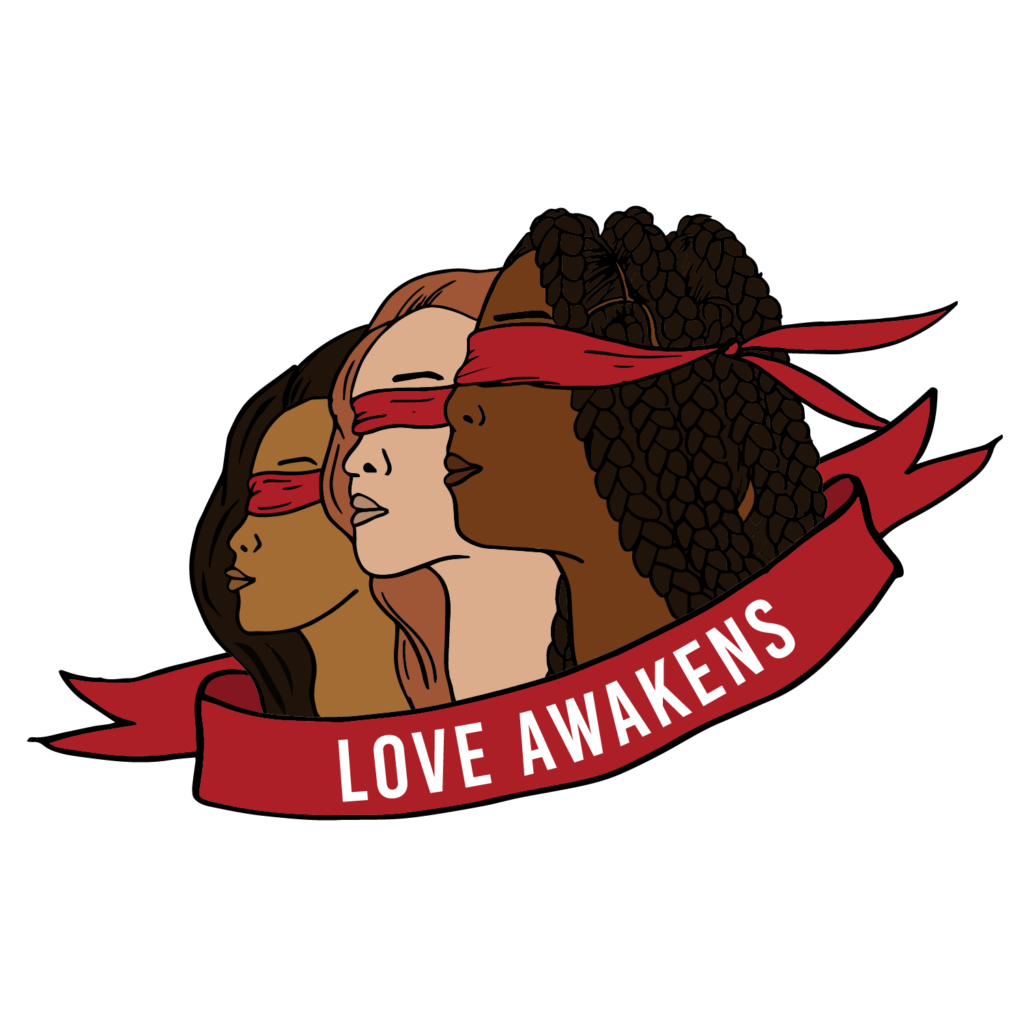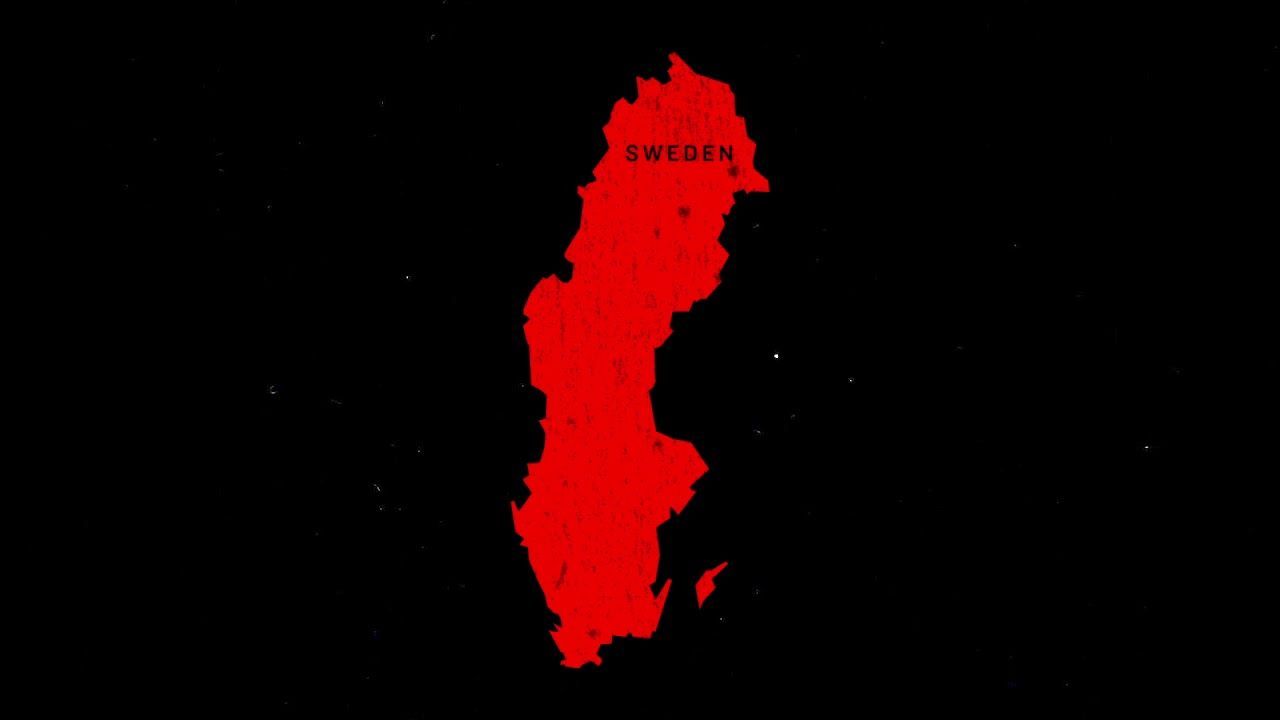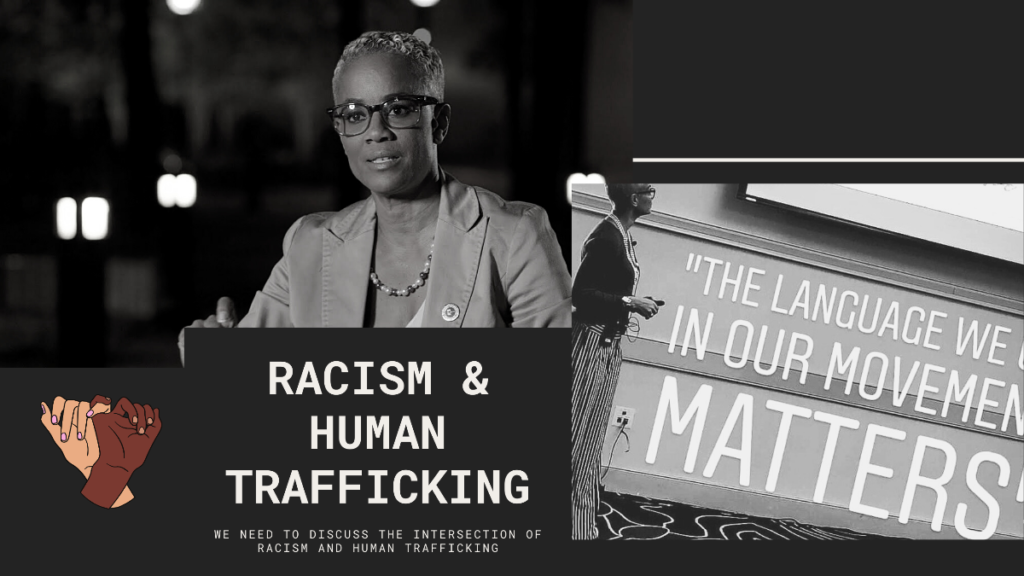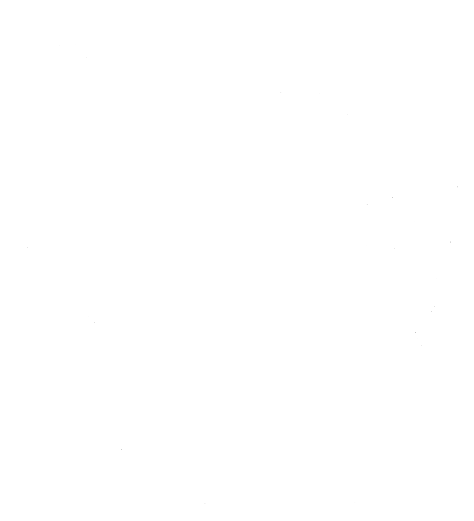What is Sex Trafficking?
What is Sex Trafficking?
- The 2015 Justice for Victims of Trafficking Act defines sex trafficking as the recruitment, harboring, transportation, provision, obtaining, patronizing, or soliciting of a person for the purpose of a commercial sex act, in which the commercial sex act is induced by force, fraud, or coercion, or in which the person induced to perform such act has not obtained 18 years of age.
- Child Sex Trafficking – When a child (under 18 years of age) is induced to perform a commercial sex act, proving force, fraud, or coercion against their pimp is not necessary for the offense to be characterized as human trafficking. There are no exceptions to this rule: no cultural or socioeconomic rationalizations should prevent the rescue of children from sexual servitude. The use of children in the commercial sex trade is prohibited both under U.S. law and by statute in most countries around the world. Sex trafficking has devastating consequences for minors, including long-lasting physical and psychological trauma, disease (including HIV/AIDS), drug addiction, unwanted pregnancy, malnutrition, social ostracism, and even death.
- Prostitution is a sexual act in exchange for money or anything of value (drugs, shelter, etc.)
- Pimp/Trafficker/Facilitator refers to the person(s) using force, fraud, or coercion for commercial sexual exploitation and collaborators who benefit financially.
- Many organizations, including federal agencies such as the FBI, recognize sex trafficking as modern-day slavery.
Statistics
Adjusted for population, Nevada’s commercial sex market is by far the largest of any state.
- At least 5,016 individuals are sold for sex in an average month in Nevada. Nevada’s number of prostituted persons per capita is 63% larger than the next largest state of New York, and more than twice as many as in California.
- Legalized prostitution appears to have done nothing to stem victimization within the illicit sex trade — the data in the study show that prostituted persons in the illegal trade around licensed brothels are at a similar risk of having been trafficked as those in areas without legal brothels.
More than 13% of Nevada prostituted persons are advertised under the age of 21.
- More than 1 out of every 10 prostituted persons in Nevada is too young to buy alcohol. These young individuals are almost twice as likely to “travel” while being prostituted compared to those who are 21 and older.
- Many prostituted persons are advertised for their youth, regardless of their stated age. For example, phrases like “fresh meat,” “brand new” and “daddy’s little girl” are all used to connote the youth of sex workers.
Youth is an important characteristic sought by sex buyers in Nevada.
- Evidence of the importance of youth to sex buyers in Nevada comes from the advertised prices of young prostituted persons. The data show higher prices are charged for younger females in Nevada.
- The data put Nevada in the top ten states in the country in terms of youth of prostituted persons.
This study was commissioned by Awaken and research was funded by the Nebraska Women’s Foundation of Omaha. Study design, data collection, and analyses were devised and implemented independently by HTI. Several outside reviewers gave commendations of the report. The research team retained full and exclusive authority in deciding whether and how to respond to comments from outside reviewers, and as such is fully and solely responsible for the report’s findings and interpretations.
UPDATE APRIL 2018:
“Backpage.com and affiliated websites have been seized as part of an enforcement action by the Federal Bureau of Investigation, the U.S. Postal Inspection Service, and the Internal Revenue Service Criminal Investigation Division, with analytical assistance from the Joint Regional Intelligence Center.”
Global Statistics
- The International Labour Organization (ILO) estimates that more than 40 million people around the world were victims of modern slavery in 2016.
- At any given time in 2016, 4.8 million people were victims of forced sexual exploitation. On average, they are held for 23.4 months in their situation before escaping or being freed. The vast majority are women and girls. Children represent more than 20% of the victims.
- ILO estimates that annual profits per victim of sexual exploitation is $21,800.
- The United Nations Office on Drugs and Crime (UNODC) notes that children make up almost a third of all human trafficking victims worldwide and women and girls comprise 71 percent of human trafficking victims.
- UNODC estimates the total market value of illicit human trafficking at 32 billion US dollars.
National Statistics
- More than 31,600 total cases of human trafficking have been reported to the National Human Trafficking Hotline in the last eight years. The Hotline receives an average of 100 calls per day.
- One out of every three adolescents on the street will be lured toward prostitution within 48 hours of leaving home according to the National Incidence Studies of Missing, Abducted, Runaway, and Thrownaway Children.
- The National Runaway Switchboard estimates that on any given night there are approximately 1.3 million homeless youth living unsupervised on the streets, in abandoned buildings, with friends, or with strangers. Homeless youth are at a higher risk for physical abuse, sexual exploitation, mental health disabilities, substance abuse, and death.
- In 2016, an estimated one out of six endangered runaways reported to the National Center for Missing and Exploited Children were likely child sex trafficking victims. Of those, 86 percent were in the care of social services or foster care when they ran.
- Several studies have found that 50 to 72 percent of women in street prostitution have experienced severe violence at the hands of buyers, pimps/traffickers, and police officers.
- A report from the U.S. Department of Justice and the Urban Institute found that pimps surveyed from eight major U.S. cities cited making anywhere between $5,000 to $32,833 per week.
To learn more about what CSE and sex trafficking look like in Nevada, please download the full report.
Thanks for reading!
Please consider donating to help us continue to make a difference.











